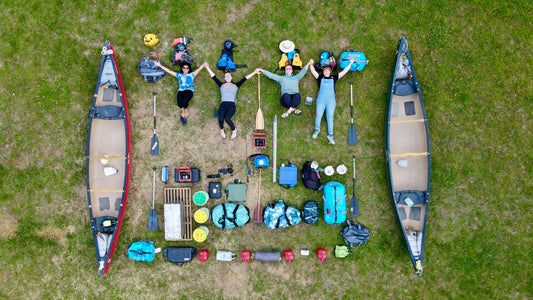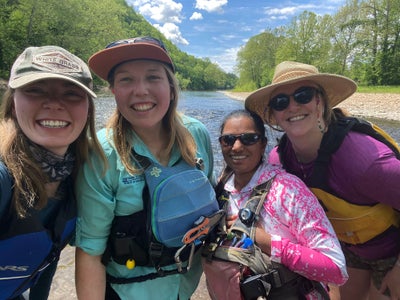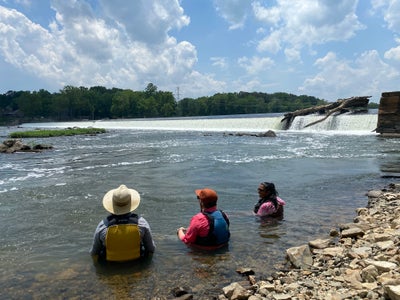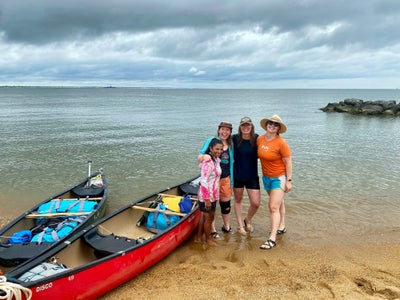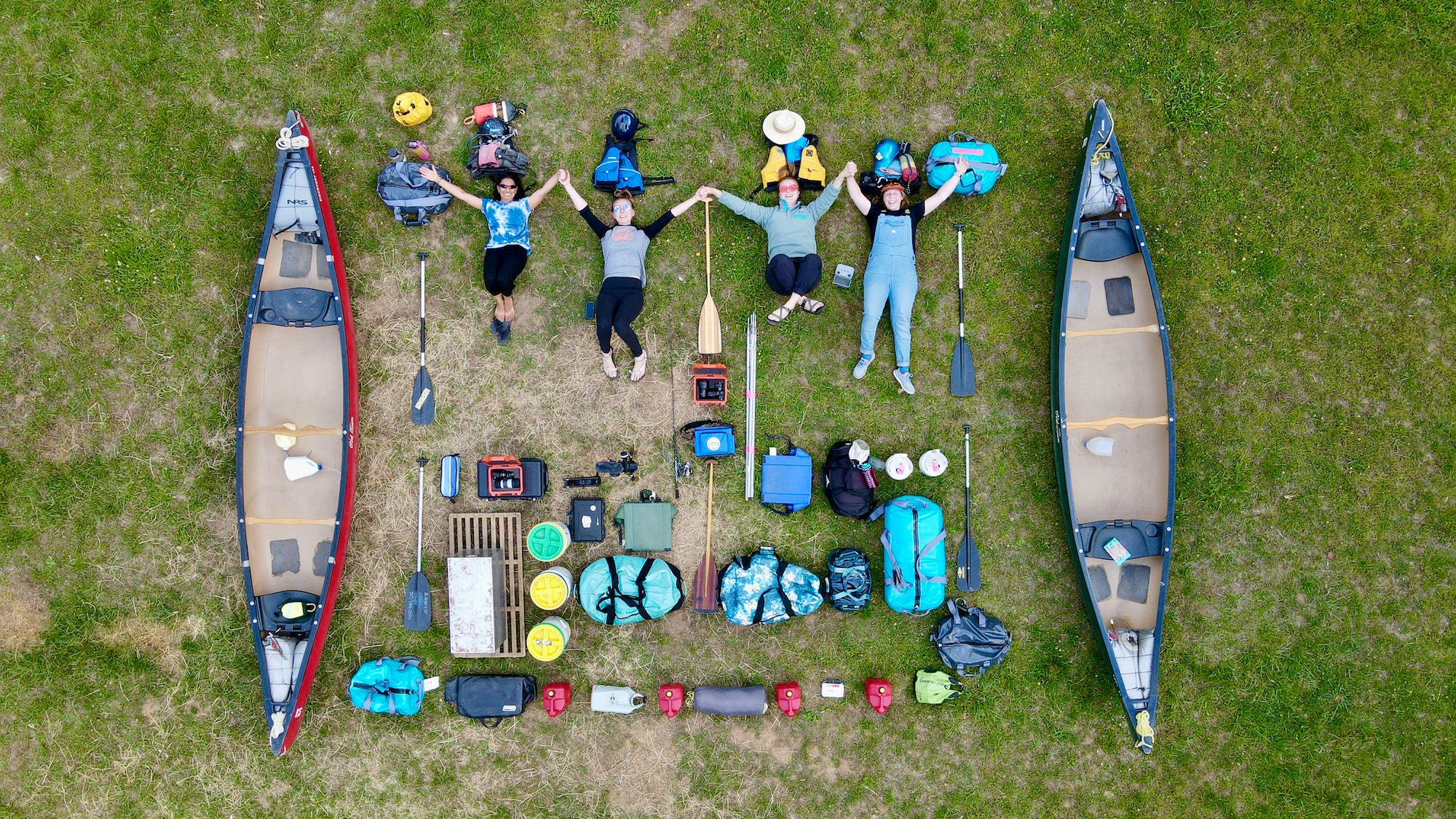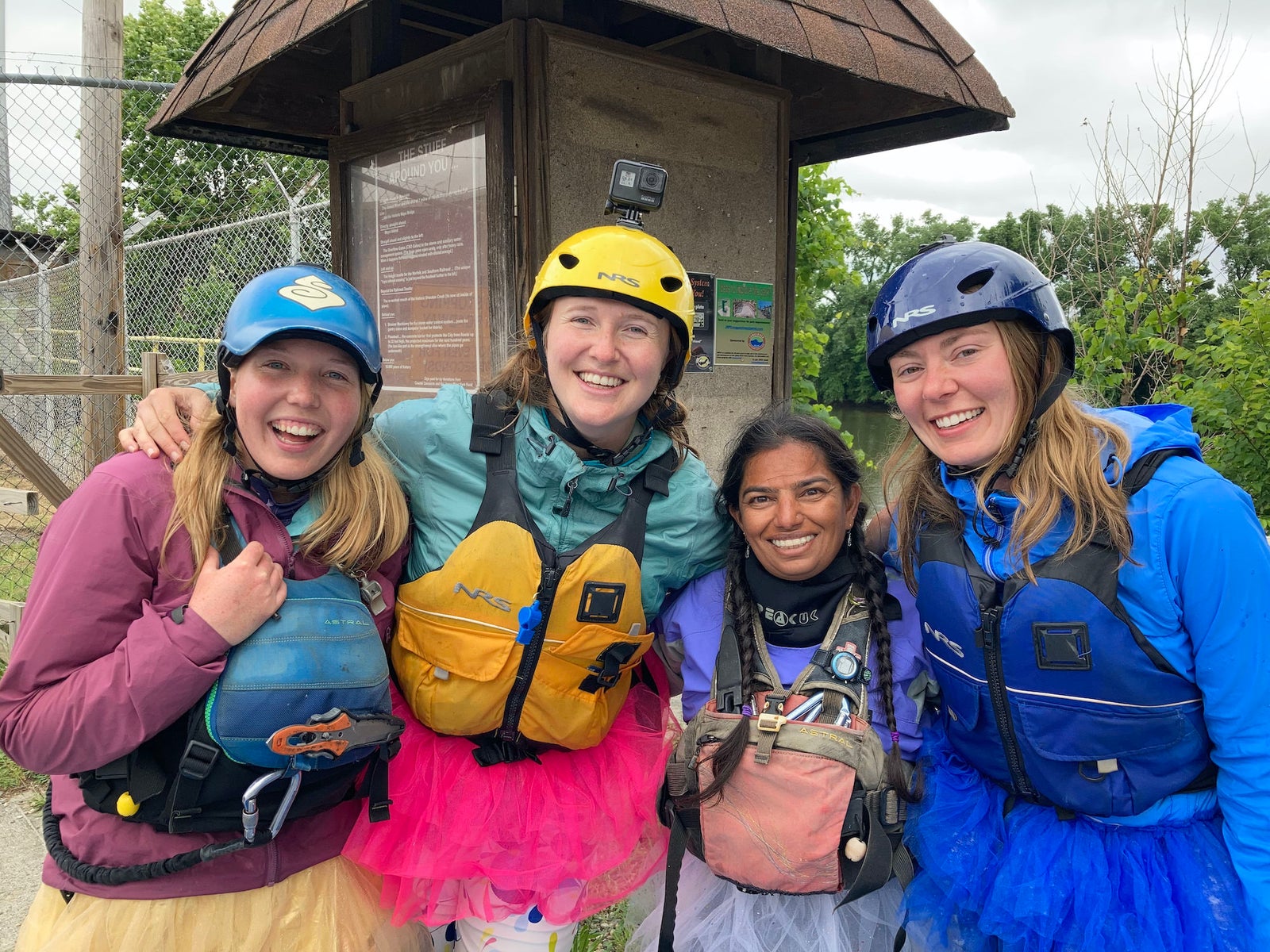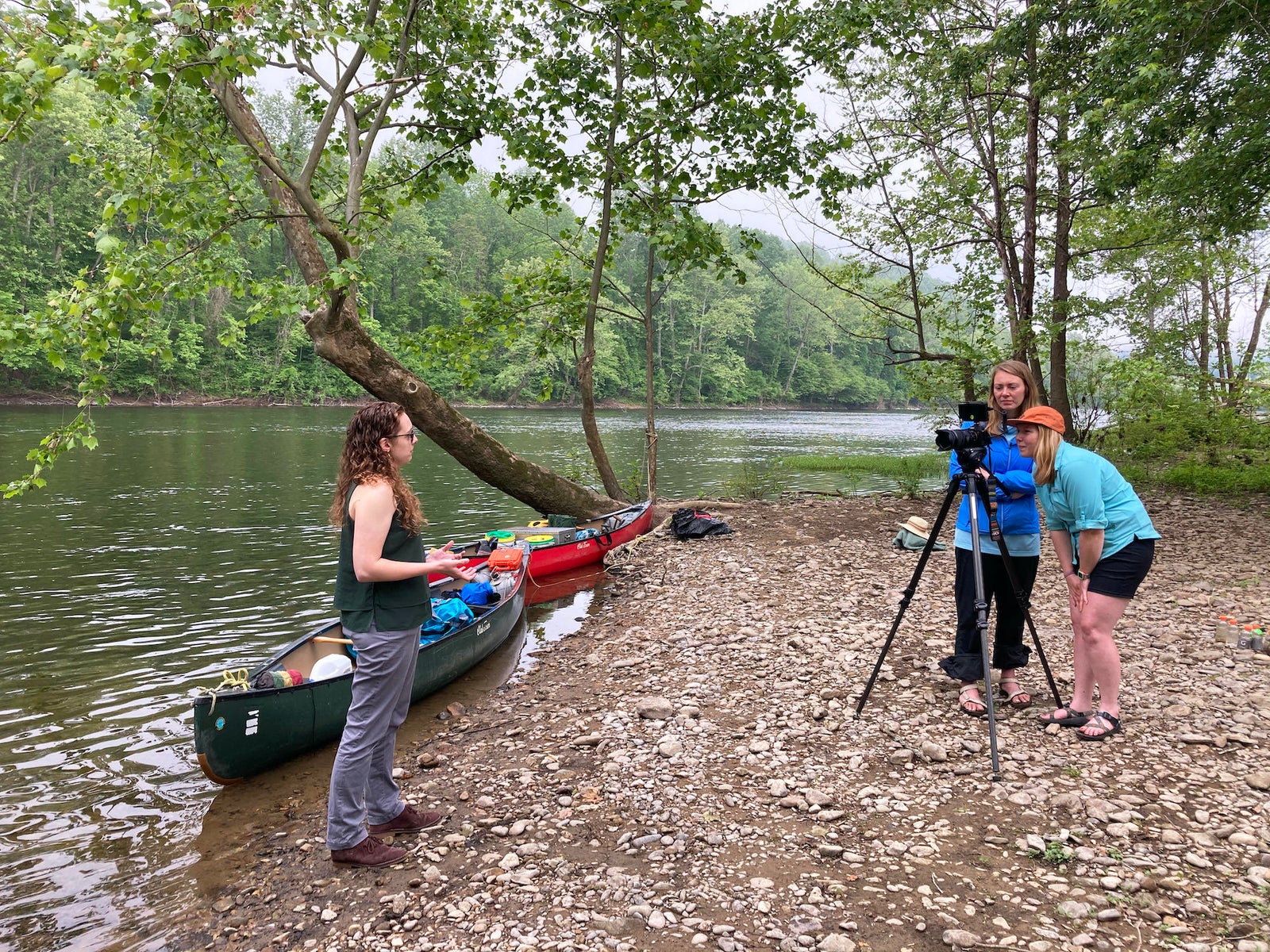We love a good documentary that has adventure, nature, science and education. And that’s exactly what you’ll find in Jess Wiegandt’s new film, “A River Called Home.” Wiegandt (@jesswiegandt) is an award-winning filmmaker, with an MFA from American University in environmental and social impact filmmaking. “A River Called Home,” follows four women who paddle the 350 mile-long James River that spans across the state of Virginia. For three weeks, the team faces challenges along the way, including whitewater rapids and a river with a history of pollution. Along the way, the team conducts a water quality study, asking how our waterways are being protected and what more we have left to do. Shot on Sony Alpha cameras, the film is a beautiful and fun adventure of friends who are deeply passionate about the environment and conservation. We sat down with Wiegandt to learn about the filmmaking process, the adventure and the science.
Product Preview – In This Article You’ll Find:
-Sony Alpha 7R IV
-Sony Alpha 7R II
-Sony 18-135mm f/3.5-5.6
Finding Stories in Your Own Backyard
As part of her graduate school thesis project, Wiegandt needed to produce, direct and edit a film. She had originally planned to film jaguar research in Panama, but then COVID-19 hit. It became clear that Wiegandt was going to be unable to travel to Panama and that she needed to find a new story. As she thought about what would be achievable, she turned to her own backyard, looking at local environmental issues and factors. Wiegandt had grown up paddling in the James River and she decided to put together an expedition where she and a team would paddle the length of the river and she would film the experience.
As she mentions in the film, the James River has been considered one of the most polluted rivers in the U.S. She saw this film as an opportunity to discuss the problems associated with the river. Her goal was to engage with stakeholders along the route, however if COVID restrictions persisted, the story could focus more on the adventure of her and her team of strong women.
“When we set out to film, a lot of what we were hoping to capture, really was along the lines of engaging with your home environment and finding adventure in your own backyard,” she explains. “There are a lot of different ways that you can get involved with forest management or water conservation and I think that gets overlooked often. We wanted to showcase the various avenues for people who recreate close to home to help protect their environment.”
As they crew went downstream, they learned more about the James River and who is involved in keeping it clean. “I think one our the main takeaways we wanted people to get from the film was just how much goes into caring for your waterways and the water that comes into your home. We wanted to show just how interconnected our water systems are from the headwaters, all the way out to the bay or the ocean, and how we often take so much of it for granted.”
Keeping The Gear Safe For The Journey Down The River
The four women spent three weeks in two canoes, loaded with all their camping and filming gear as they traversed the river. What’s more, is that the director of photography, Grace Eggleston, had never done a canoe trip like this before. Wiegandt credits Eggleston for helping keep the gear safe – a huge feat given that one of the canoes flips on the journey!
Filming during the expedition
To keep the gear safe, Wiegandt and Eggleston put everything in dry bags or pelican cases. They also spent a long time making sure nothing was jostled and would be kept dry. Still, a 350-mile journey with filming equipment takes some serious nerve. The team shot the film with a Sony Alpha 7R IV, Sony Alpha 7R II and the Sony 18-135mm f/3.5-5.6 lens. The Sony Alpha 7R II was in the canoe that flipped, and luckily remained safe inside the pelican case.
In addition to holding up under the intense paddling, Wiegandt said that she was incredibly impressed that the cameras didn’t overheat. “It was really impressive because we started in May so the first night that we camped, it got down to 30 degrees and then when we ended the trip, it was 98 degrees. And so, the cameras really stood up to some wide ranges and temperatures across the three weeks.” Wiegandt also told us that she still shoots on her Sony Alpha 7R II and it shows no sign of wear and tear.
Blending Science, Art & Community Youth Engagement
Throughout the expedition, Wiegandt and her team wanted to test the water quality at various points along the river. For budget reasons they weren't going to be able to hire a lab to analyze the samples, so Wiegandt connected with an IB Honors biology teacher at Henrico High School, situated along the James. The team sent the samples to the students, who then analyzed the water.
“The partnership with the high school, I think, really took it into a new tier of more than just a documentary that followed our journey as a team,” she says. “It opened it up to these kids that were so engaged with the project with the river. And then I think they really kind of served as this surrogate to connect the audience more with the issue. Plus, I think the experiential learning aspect helped set the film apart.”

A River Called Home crew
As we mentioned, Wiegandt was hoping to be able to work with stakeholders throughout this journey, COVID permitting. Luckily, she was able to connect with people and include their efforts in the story. Wiegandt interviews a policy analyst with the James River Association and someone working in regulatory compliance with the Wastewater Treatment Plant (WWTP). Including these other perspectives allowed for more depth and context with the story and helped Wiegandt achieve her goal of showing the audience how much work goes into caring for water.
Looking Ahead
“This project was really special to me because I got to feature the river that really kind of raised me into who I am today,” Wiegandt says. “I grew up paddling and so I've always been really passionate about rivers and James River has always been one that I feel very at home on and I still go back and paddle it often.”
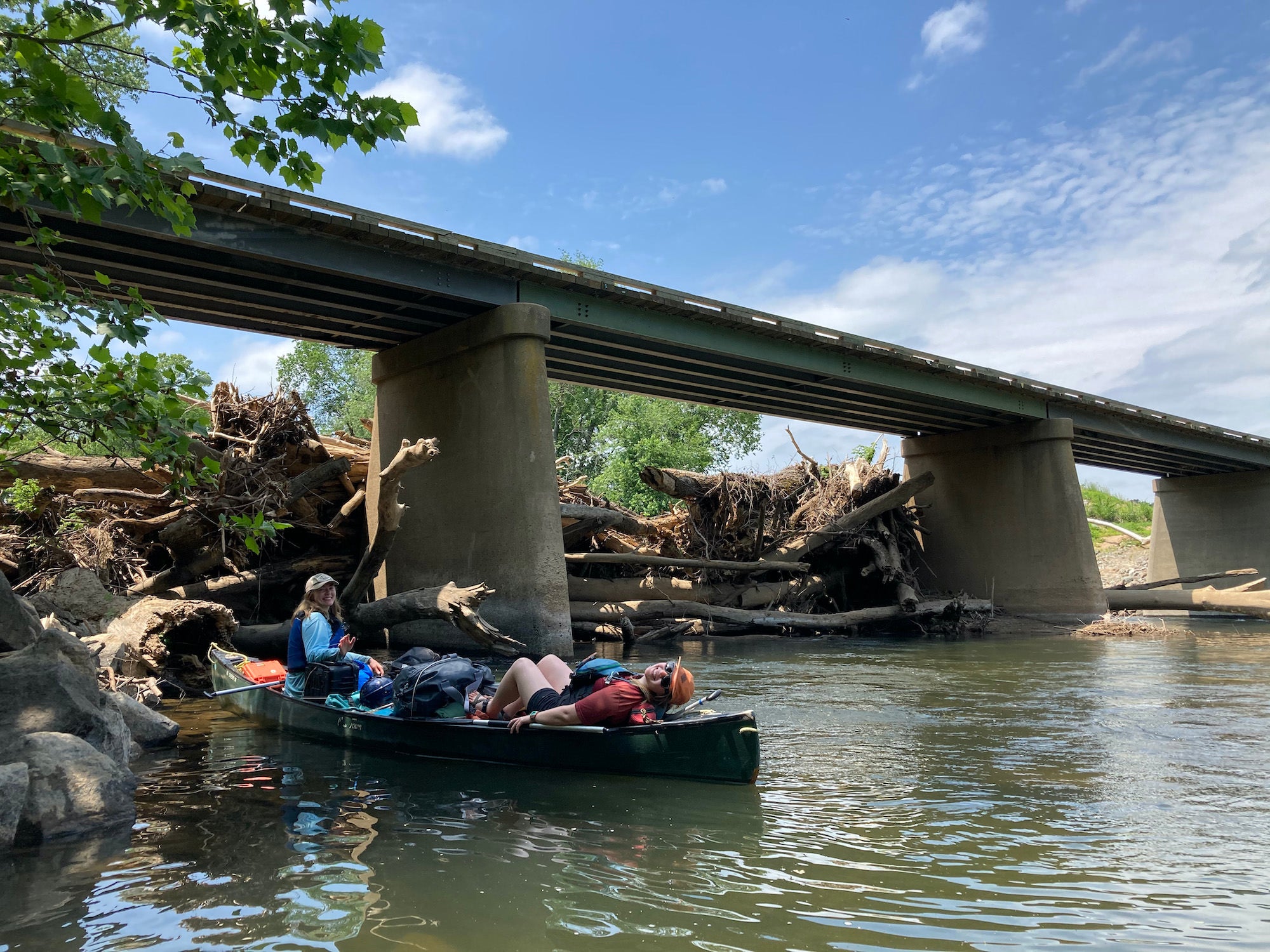
With the success of “A River Called Home,” Wiegandt graduated from her master’s program. She is now working on a few other film projects, most notably, a film called “The Grand Salmon.” This film follows three women who spent 78 days skiing, whitewater kayaking, and sea kayaking 1,000+ miles source-to-sea through Idaho, Oregon, and Washington as a conservation campaign promoting the removal of the four lower Snake River dams, in order to save the rapidly dwindling Snake River Basin salmon populations from extinction.
“A River Called Home” is making the rounds at film festivals and various screenings. You can check out where it’s screening HERE. Wiegandt has also created two free lesson plans on erosion and introduced species in the James River, which can be found on her website. And to stay up to date on all of Wiegandt’s work, be sure to follow her on Instagram (@jesswiegandt).

